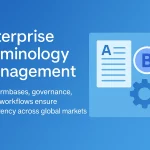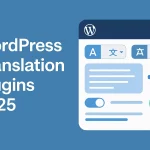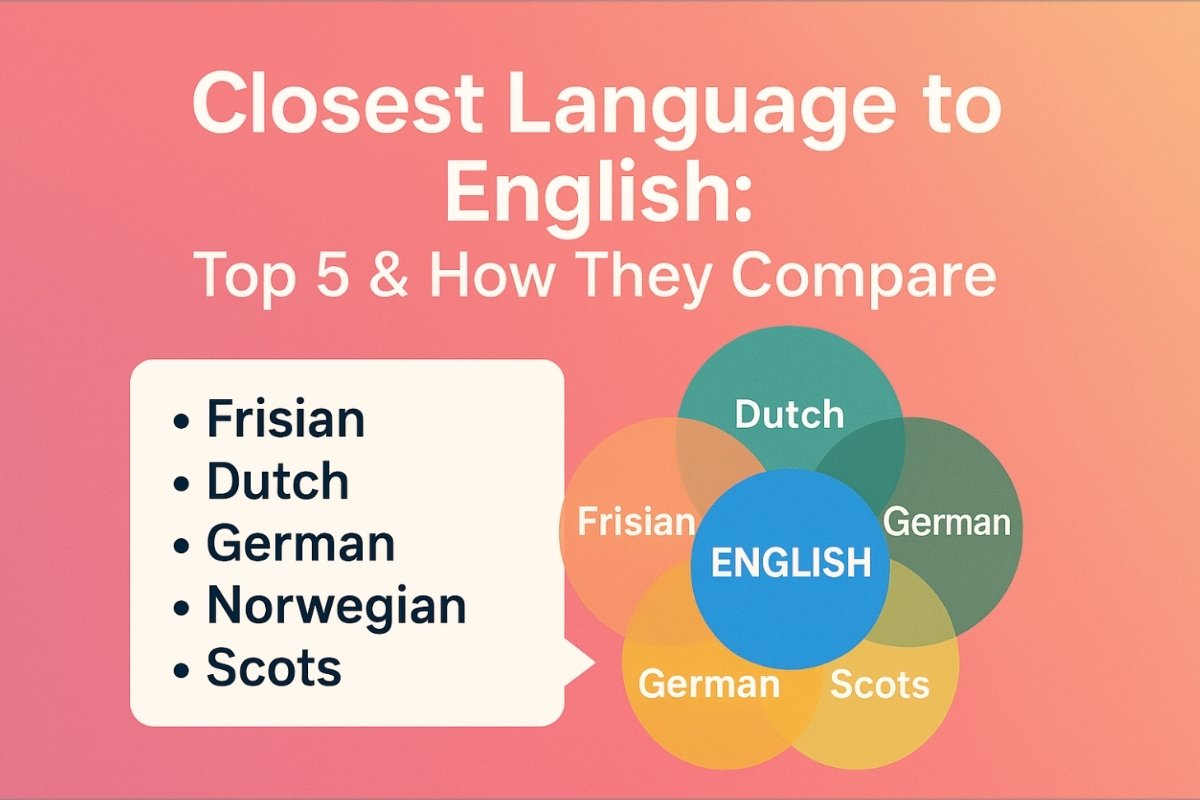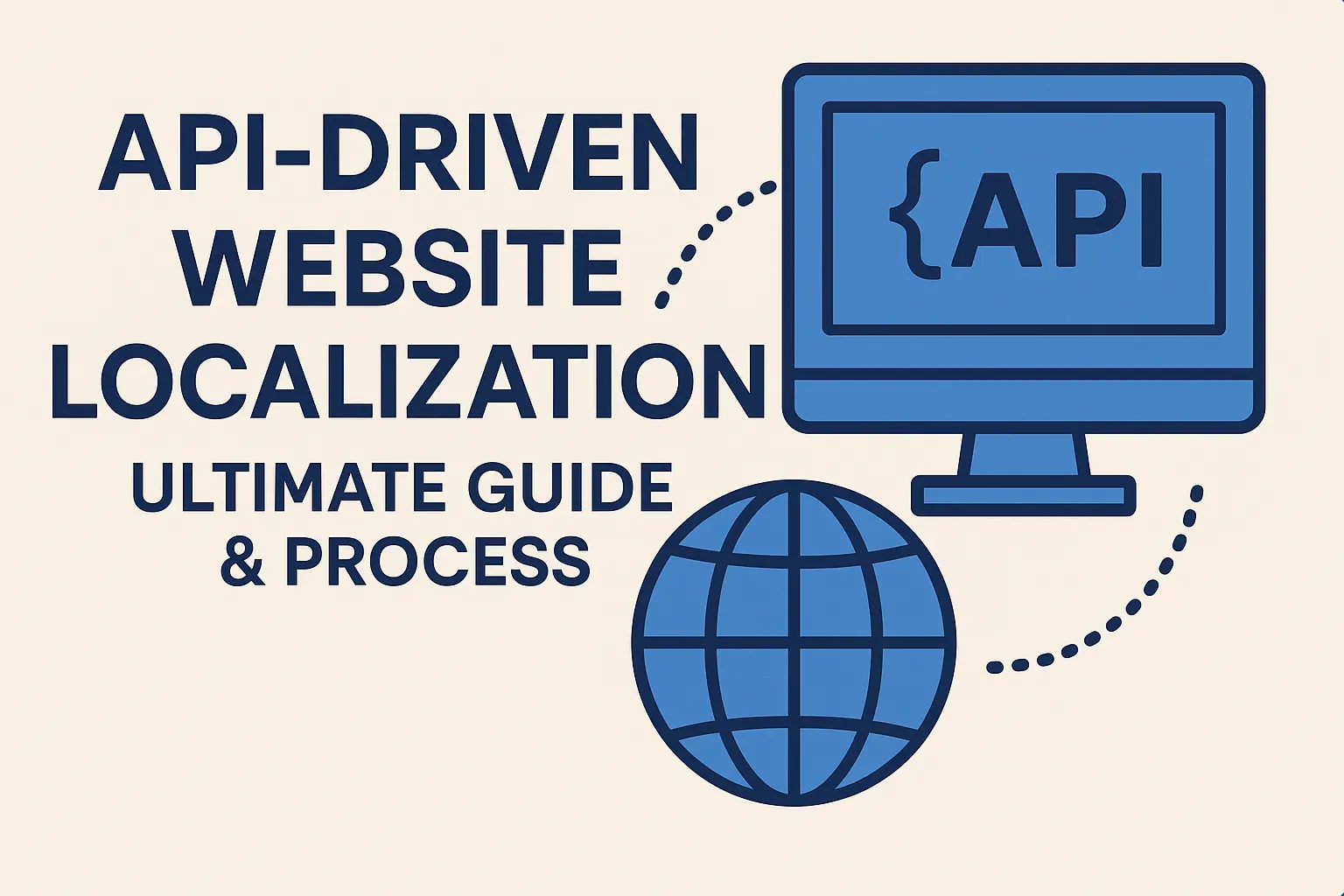Today, delivering content in multiple languages is crucial for businesses hoping to expand their reach abroad. When doing a translation project, companies have two main options: machine translation or professional human translation services.
But how do you determine which is the right approach for your specific needs? This comprehensive article will dig into the difference between human translation and machine translation, including the pros and cons of each.
Understanding Machine Translation
Before diving into the upsides and downsides of machine translation, it’s important to first demystify what this technology actually is and how it works. Let’s have a closer look at this issue.
Machine translation (MT) refers to the automated translation of text from one language to another using advanced statistical algorithms instead of human translators. The technology works by analyzing large volumes of bilingual text data to identify patterns and correlations between the source and target languages. It then uses this data repository to automatically translate additional texts, constantly updating and improving its translation “memory” the more data it’s exposed to.
The Machine Translation Process
The machine translation process consists of three core components.
- Translation Memory: A vast database of bilingual text samples the system uses to identify patterns and correlations between languages.
- Machine Learning Models: Complex neural networks and algorithms that absorb the translation memory data to predict the appropriate translated text.
- Quality Estimation: A scoring system that estimates the quality of machine translation output to flag potential inaccuracies.
Armed with a basic understanding of what machine translation is and how it works, let’s explore key advantages and disadvantages.
The Pros of Machine Translation
- Speed: Automated systems can translate much higher volumes of text far faster than any human translator, delivering near-instantaneous results.
- Cost-effectiveness: Machine translation is significantly cheaper than human translation, making it more budget-friendly.
- Consistency: Machines translate text consistently using the patterns identified in data, avoiding issues with terminology and style varying between human translators.
- Accessibility: Machine translation is available on-demand 24/7 via easy-to-use software interfaces.
The Cons of Machine Translation
- Literal translations: Machines often translate text too literally without properly interpreting meaning, context, and cultural nuances, resulting in unnatural readability.
- Errors: Machine translation systems still make mistakes in grammar, word choice, and meaning that humans would easily catch.
- Impersonal tone: Machine-translated text can sound robotic and unengaging for audiences compared to a human translator’s adaptations.
- Unsuitable for complex or sensitive text: Machine translation does not reliably or accurately handle more complex, creative, scientific, technical, or culturally sensitive text.
Clearly, machine translation delivers major advantages for high volume, fast translation of simple text but lacks the nuance and customization needed for complex or sensitive materials.
Embracing Human Translation
Unlike automated machines, professional human translators bring an intuitive understanding of language subtleties, cultural context, and adaptable communication styles. Here’s a closer look at why human translation is better than machine translation.
The Human Translation Process
- Human translators carefully translate texts sentence-by-sentence while preserving the original tone, style, and intent.
- Translators are native speakers of the target language, bringing an innate feel for vocabulary, grammar, and culture.
- Adaptations are made to the translated text to ensure the message resonates appropriately with target audiences.
Pros of Human Translation
- Accurate meaning: Humans grasp meanings within the text that machines miss, ensuring context isn’t lost in translation.
- Cultural relevance: Human judgment ensures translations account for cultural nuances, references, and humor appreciated by native audiences.
- Adaptability: Professional translators adapt vocabulary, tone, and style for the intended readership.
- Reliability: Humans deliver reliable translations for sensitive, technical, scientific, or literary materials unsuited to machines.
Cons of Human Translation
- Time investment: Obtaining quality human translations takes more time than instant machine results.
- Cost: Human translation services tend to be more expensive than automated alternatives.
- Consistency challenges: Variations in the human translator’s style can affect terminology consistency.
- Volume limitations: Human translation output cannot scale as easily for extremely high-volume content.
When Human Translation Is Critical
While machines can handle simple text well, there are many cases where only human translation will suffice:
- Legal contracts, financial documents, or medical records require precise technical translations.
- Literary works, poetry, or humor writing rely on creative language use.
- Marketing and advertising materials that resonate through cultural references or nuanced messaging.
- High-stakes public messaging that cannot risk mistranslation of sensitive information.
So, for important texts requiring true mastery of language, culture, and context, human expertise remains invaluable.
Key Factors in Choosing Between Human vs Machine Translation
By now, the fundamental differences between human and machine translation are clear. But how do you decide which approach is right for your specific project?
Here are the key factors to consider:
Content Factors
- Text complexity: Simple texts with clear, direct language are well suited to machine translation, while human expertise is required for complex text with nuanced language.
- Topic sensitivity: Machine translation should never be relied upon for confidential, regulatory, scientific, or technical documents where errors could be damaging.
- Terminology constraints: If subject matter terminology must remain completely consistent, opt for either all human translation or carefully supervised machine translation.
- Cultural context: Human translators better handle content that requires cultural adaptation about holidays, foods, humor, or other local topics.
Logistical Factors
- Budget: Machine translation provides the most cost-efficient high-volume translation, while human translation is better for high-value projects despite the higher cost.
- Timeline: Machine translation delivers near-instantaneous turnaround, but human experts require more time to ensure quality.
- Volume of text: Machine translation scales better for extremely high word counts, but human translation output is sufficient for most reasonable content volumes.
- Availability of translators: For rare language pairs, human translators may be limited, while machines can potentially support thousands of combinations.
By carefully weighing these factors, it becomes clearer when machines or humans, or a combination, are best suited for your goals.
Choosing the Right Approach
In many cases, the ideal solution is a blended model – using machine translation for simple high-volume passages combined with professional human translators to finesse, adapt, and edit the translations for maximum accuracy and impact.
Here are a few scenarios for finding the right translation approach.
- A technical manual with lengthy, repetitive descriptions of standard operations could rely on machine translation and then have bilingual technical translation experts refine key instructional passages in the human editing process.
- For a company website, machine translation may efficiently localize large volumes of static informational web copy, while human specialists can finesse high-value landing pages and campaign materials to connect with each local audience.
- When timeliness is absolutely critical, such as disseminating urgent public health or safety notices rapidly across languages, machine translation scaled by multiple linguists may get base information out quickly before circling back for human regional adaptations.
The most prudent option is partnering with a trusted translation agency that can guide you in choosing the optimal technologies and translators to match your budget, timeline, and content profile. The right experts will know when machine translation will suffice versus when only human craft can meet your global content goals.
Working with Circle Translations
Circle Translations is a leading translation agency with over 15 years of experience helping global organizations and businesses translate content to reach worldwide audiences.
We understand each translation project requires a unique solution. With Circle Translations, you get:
- A Customized Approach: We tailor translation solutions specific to your niche, subject matter, timeline, and budget. No one-size-fits-all machine models.
- True Regional Expertise: Our network of over 5,000+ translators allows us to precisely match native speaker linguists to your target locales. We capture all cultural nuances and delicacies.
- Multi-Layer Quality Assurance: We combine machine scanning with stringent human review processes to verify terminology, accuracy, style, and tone across all translations.
- Technology and Human Craft: Our selective use of machine translation for suitable high-volume content combined with customized human craft means you get the best of both worlds in one streamlined solution.
- Rush Translation Services: When urgent translation is required, we can mobilize our linguist network for rapid multilingual translation and localization in as little as 24 hours.
- Full Suite of Services: From software and website localization to onboarding international employees, we provide a comprehensive menu of translation services to meet any need.
Contact our team today for a complimentary assessment of your unique requirements. Discover why global organizations rely on Circle Translations as their translation partner of choice to take their content worldwide.
Machine vs Human Translation: Final Thoughts
The choice ultimately depends on project goals, timeline, budget constraints, volume needs, and content profile.
Often, a combined approach utilizing both technologies delivers optimal results. By working with a trusted translation agency to guide you in leveraging the strengths of machines and humans tailored to your needs, you can confidently scale your global content expansion and connect with audiences worldwide in their native languages.
Subtitles

Professional and Accurate Subtitle Services for your Videos.
- Video subtitles specifically tailor-made for improving accessibility.
- Using highly experienced subtitlers with years of industry experience.
- Professionally written and expertly timed.
Translation

We help the world’s top companies translate their content in over 73 languages!
- We localize content for internet websites, games, travel, cryptocurrencies, and more
- Expand your global audience by adding different languages.
- We work only with qualified translators and experienced content creators
Audio translation

Ensuring full accessibility for Blind and visual impaired audiences.
- Visual descriptive events as they occur in the video.
- Working with top audio describers to perfectly describe what is happening on-screen
- Professional sound recording.















